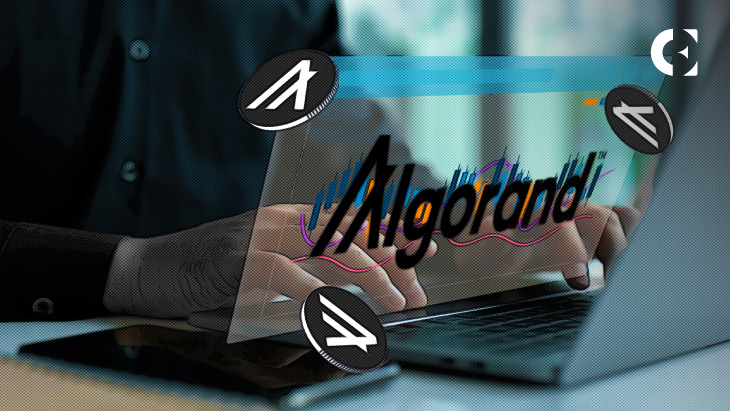- Yesterday, the engineering team from Polygon Labs released a proposed architecture for Polygon 2.0.
- Polygon 2.0 comprises four distinct layers: Staking, Interop, Execution, and Proving.
- Since the architecture for Polygon 2.0 was released, the price of MATIC rose by more than 4%.
Yesterday, Polygon Labs’ engineering team shared a proposed architecture for Polygon 2.0. This new version of Polygon is designed to provide unlimited scalability, and unified liquidity, and to realize the vision of Polygon as the “Value Layer of the Internet”.
Polygon 2.0 comprises four distinct layers: Staking, Interop, Execution, and Proving. This layered approach is expected to simplify implementation, upgrades, and overall efficiency within the network.
The Staking Layer, built on Ethereum, utilizes a Proof-of-Stake (PoS) consensus mechanism, providing decentralization to participating Polygon chains. It will enable a common validator pool and offers rewards to validators in Polygon’s native token, MATIC.
Meanwhile, the Interop Layer will facilitate secure cross-chain messaging, making the entire Polygon network appear as a single chain to users. This ensures shared access to native Ethereum assets and supports near-instant and atomic cross-chain transactions.
The Execution Layer, a well-established protocol layer, will enable Polygon chains to produce blocks and includes components such as P2P communication, consensus mechanisms, and transaction management. Lastly, the Proving Layer will generate proofs for all transactions, including cross-chain interactions, using a Zero-Knowledge proving protocol.
This layer also features a powerful prover mechanism and will allow the construction of customizable state machines. The layered architecture proposed by the team aims to enhance interoperability, scalability, and overall performance. It will also offer decentralization “out of the box” for Polygon chains.
The protocol layers also provide seamless cross-chain communication, shared access to Ethereum assets, and efficient transaction processing. In the upcoming weeks, the Polygon team plans to release more detailed insights into each protocol layer, providing a deeper understanding of their functionalities and the unified architecture they form.
After the plans for Polygon 2.0 were released yesterday, the price of MATIC climbed by 4.68%. This left the altcoin trading hands at $0.6479 at press time. Despite its success over the past 24 hours, MATIC’s price was still down by more than 2% over the past seven days.
Disclaimer: The views and opinions, as well as all the information shared in this price analysis, are published in good faith. Readers must do their own research and due diligence. Any action taken by the reader is strictly at their own risk. Coin Edition and its affiliates will not be held liable for any direct or indirect damage or loss.
Disclaimer: The information presented in this article is for informational and educational purposes only. The article does not constitute financial advice or advice of any kind. Coin Edition is not responsible for any losses incurred as a result of the utilization of content, products, or services mentioned. Readers are advised to exercise caution before taking any action related to the company.










